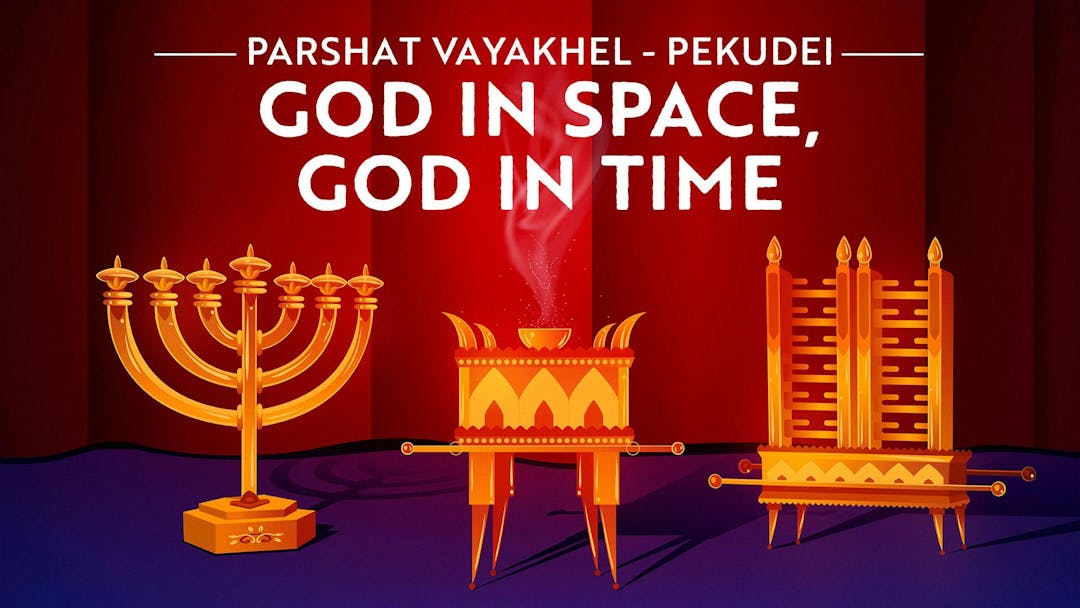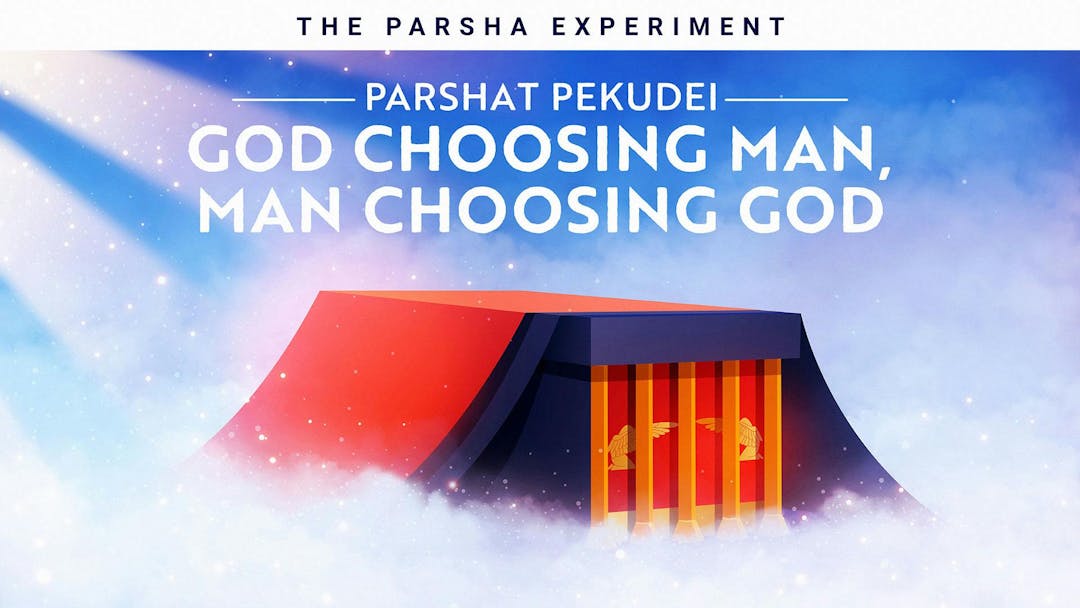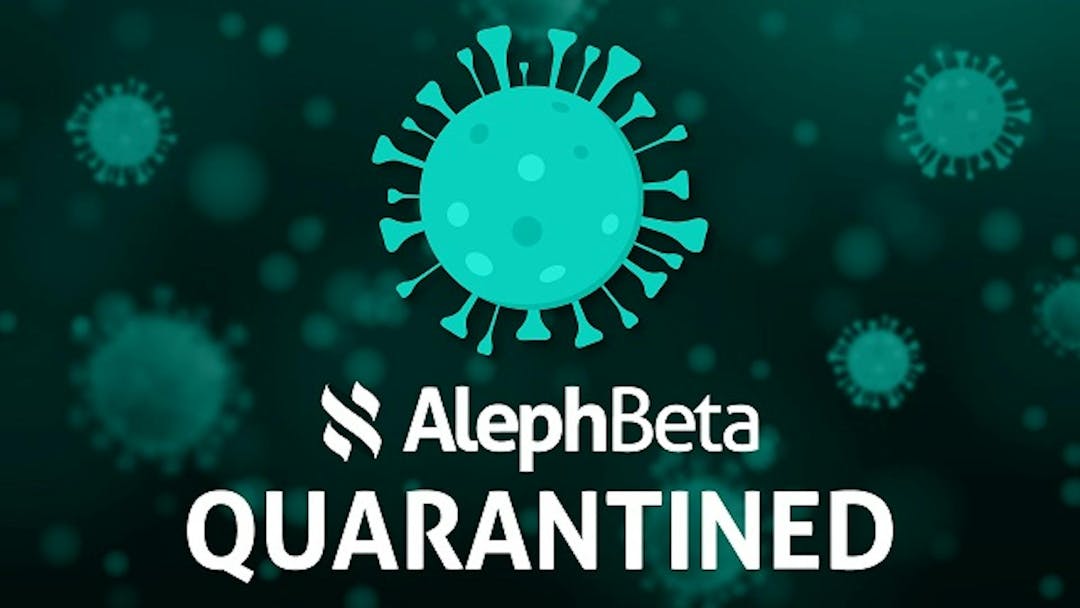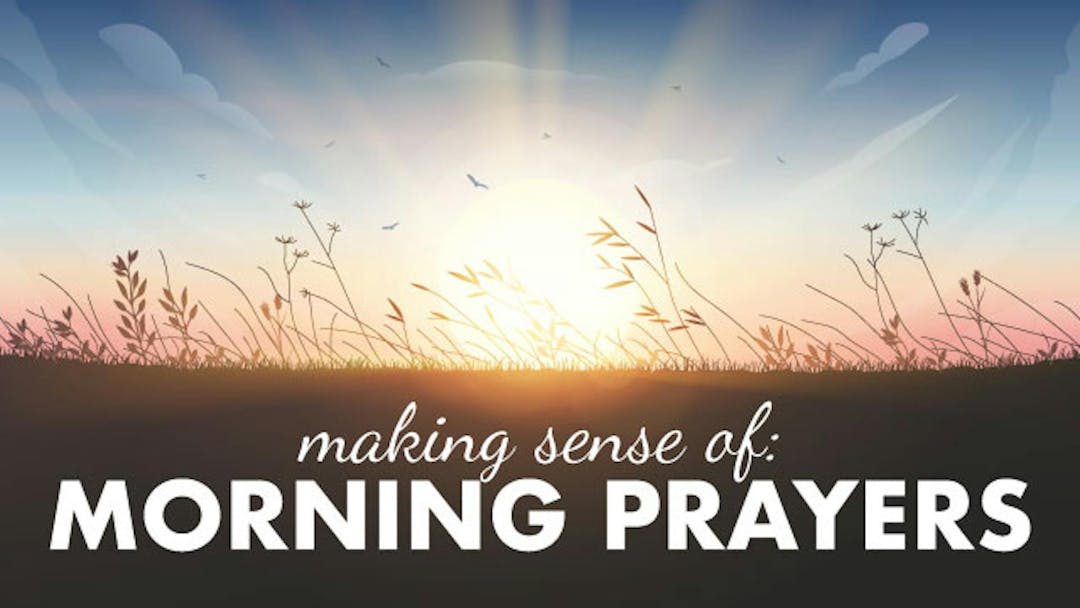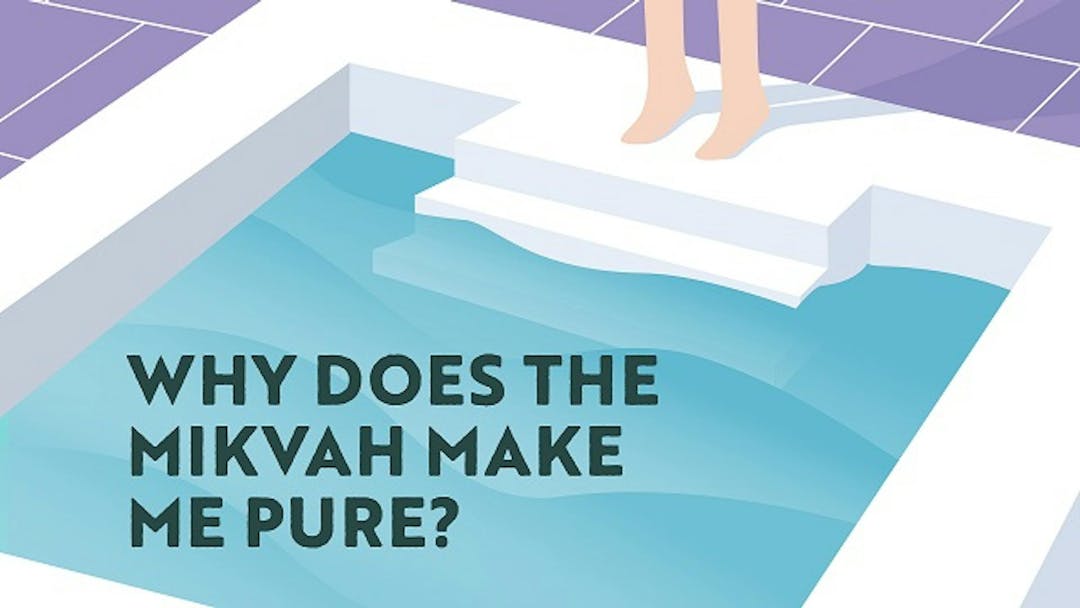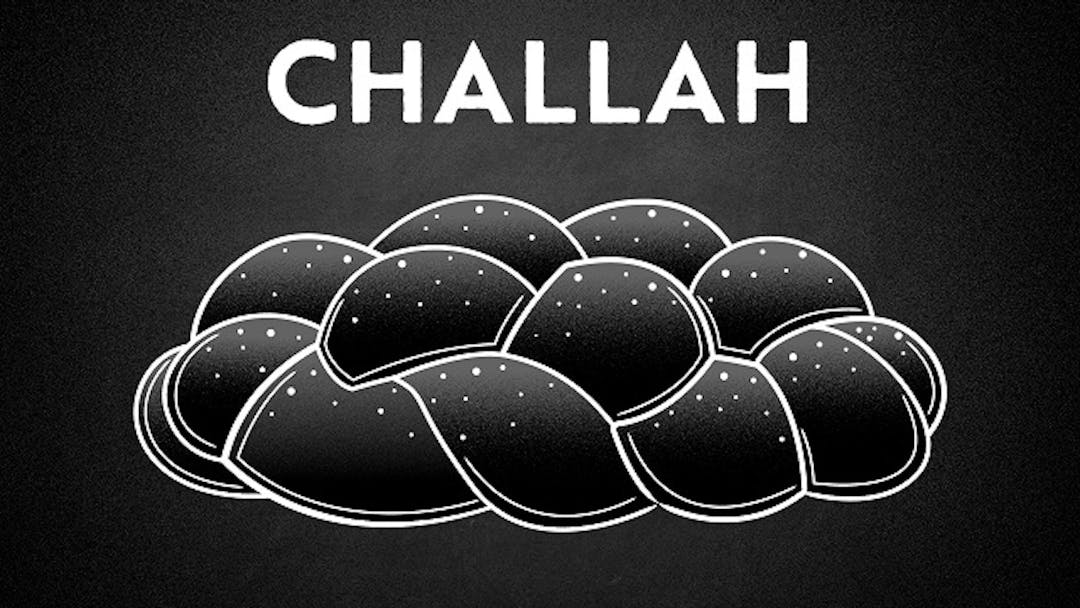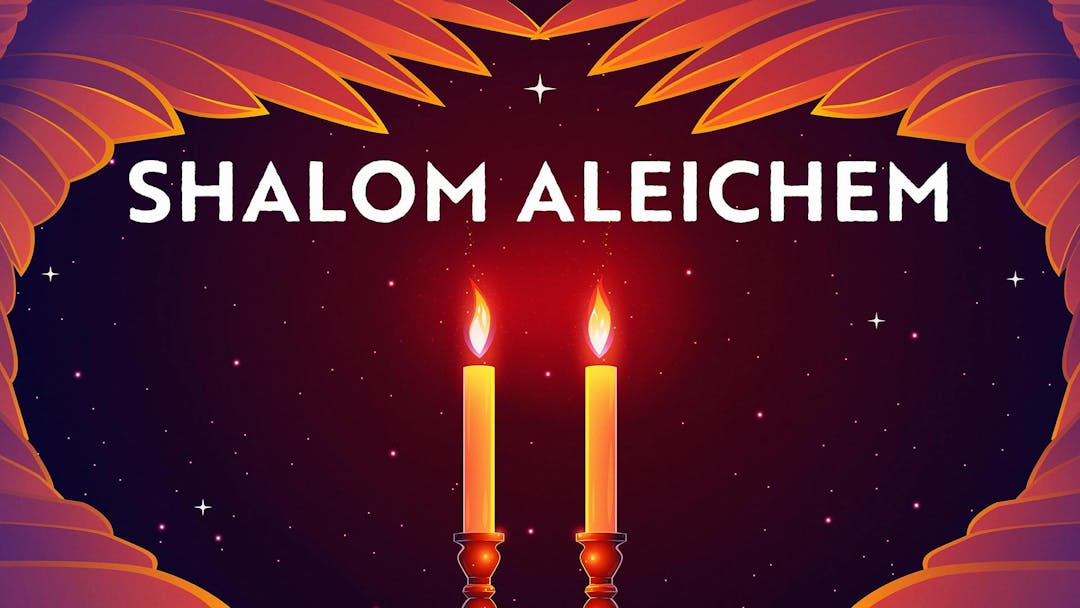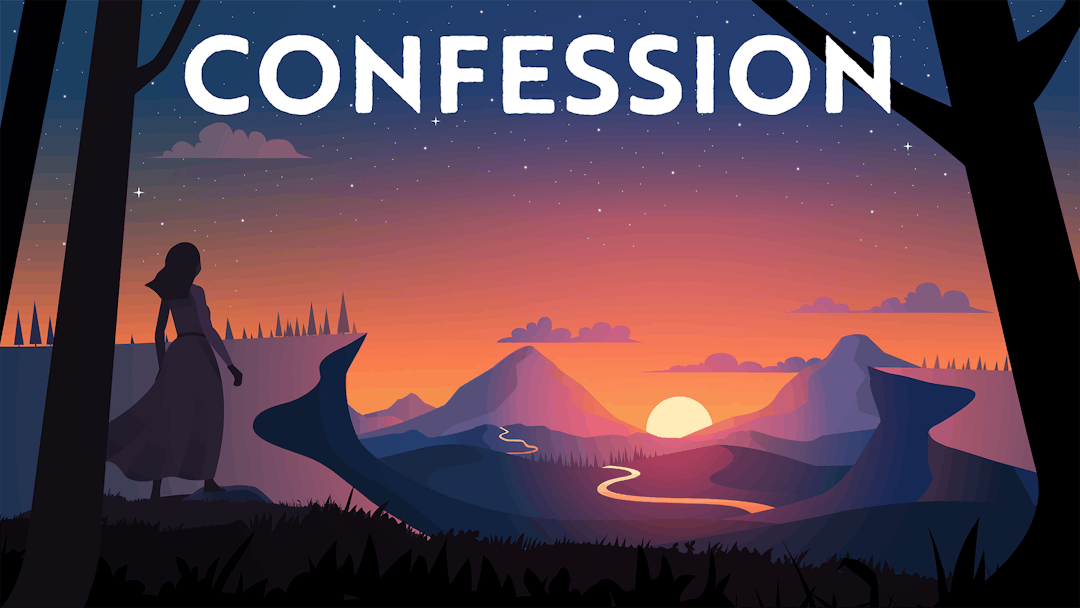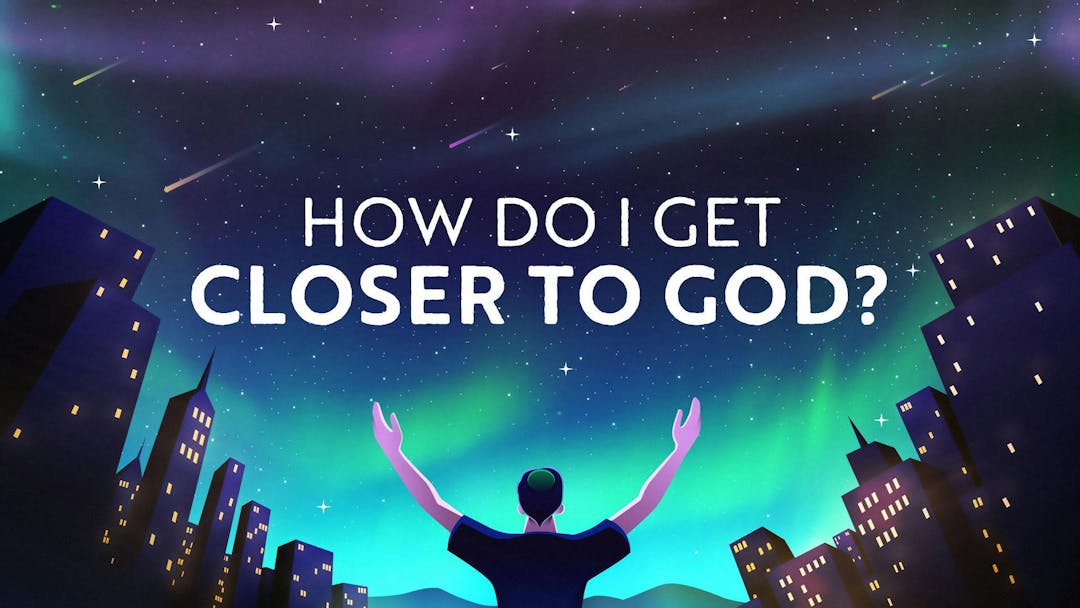Start your free trial today to unlock the full library and enjoy unlimited and uninterrupted access.
Get StartedA Giant Chiasm In Sefer Shmot (Part 1 of 2)
Understanding Shmot Through Chiasms
In this week's video, Rabbi Fohrman explores an incredible chiasm that encompasses more than 15 chapters of Sefer Shmot, and asks: how do the pieces of this puzzle, especially the focal point at the center, come together to help us understand the second half of the Book of Exodus?
<a href="https://www.alephbeta.org/playlist/golden-calf-and-shattered-tablets" target="_blank">Click here for "Shattered Tablets and the Calf of Gold" series.</a>
Want to watch the full video for free?
Enter your email and we’ll send you a link to watch the full series free.
What is Aleph Beta?
Aleph Beta is a unique kind of Torah library. Led by our founder, Rabbi David Fohrman, we are dedicated to high-level, textual Torah learning for adults that is intellectually and spiritually sophisticated, that enlivens your Jewish practice and helps you forge a deeper connection to God. Whether you’ve been learning in yeshiva for years or you’re just beginning your Torah journey, you’re sure to find something meaningful and surprising waiting for you here.
Browse our library of over 1,000 beautifully produced animated videos, podcasts, deep dive courses, and printable guides. Topics include the weekly parsha, Jewish holidays & fast days, laws & mitzvot, prayers, relationships, big philosophical ideas and more. Have something to say at the Shabbos table that will amaze your family and guests and bring deep meaning into their lives.
